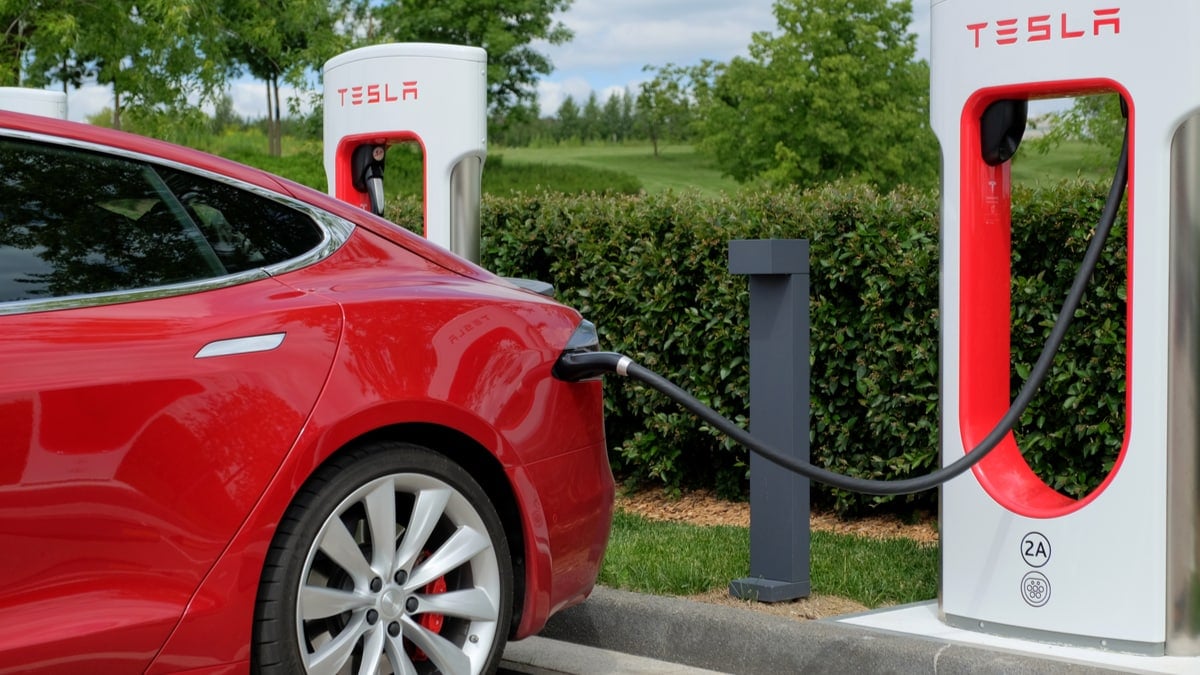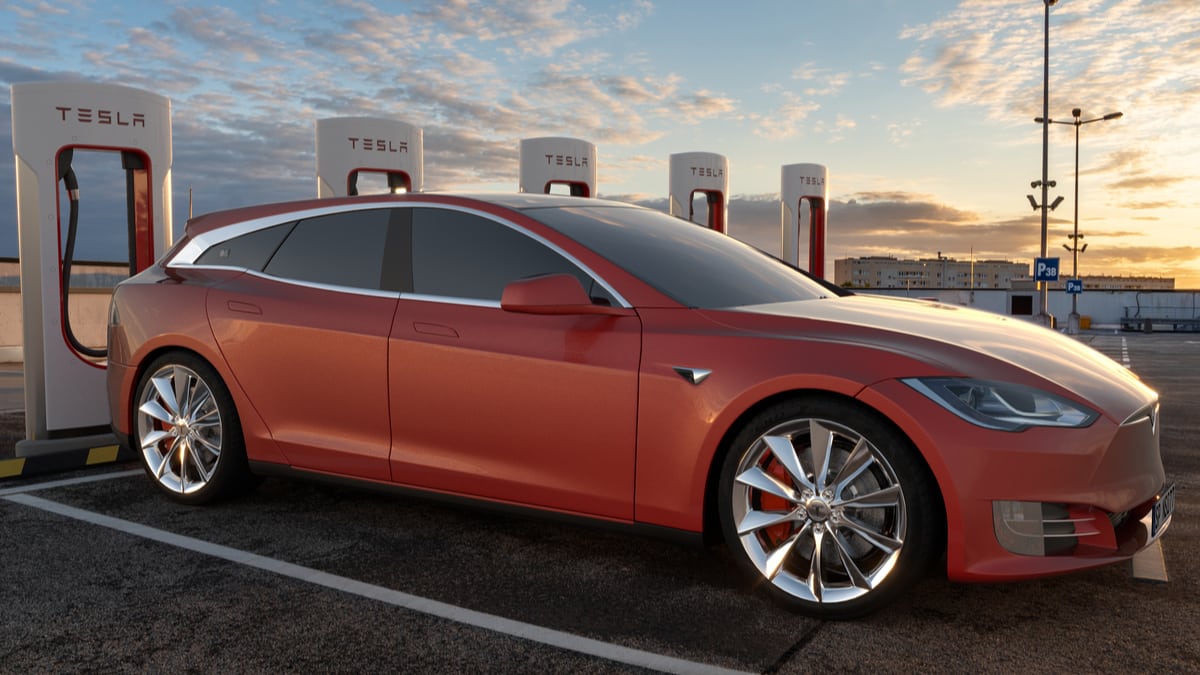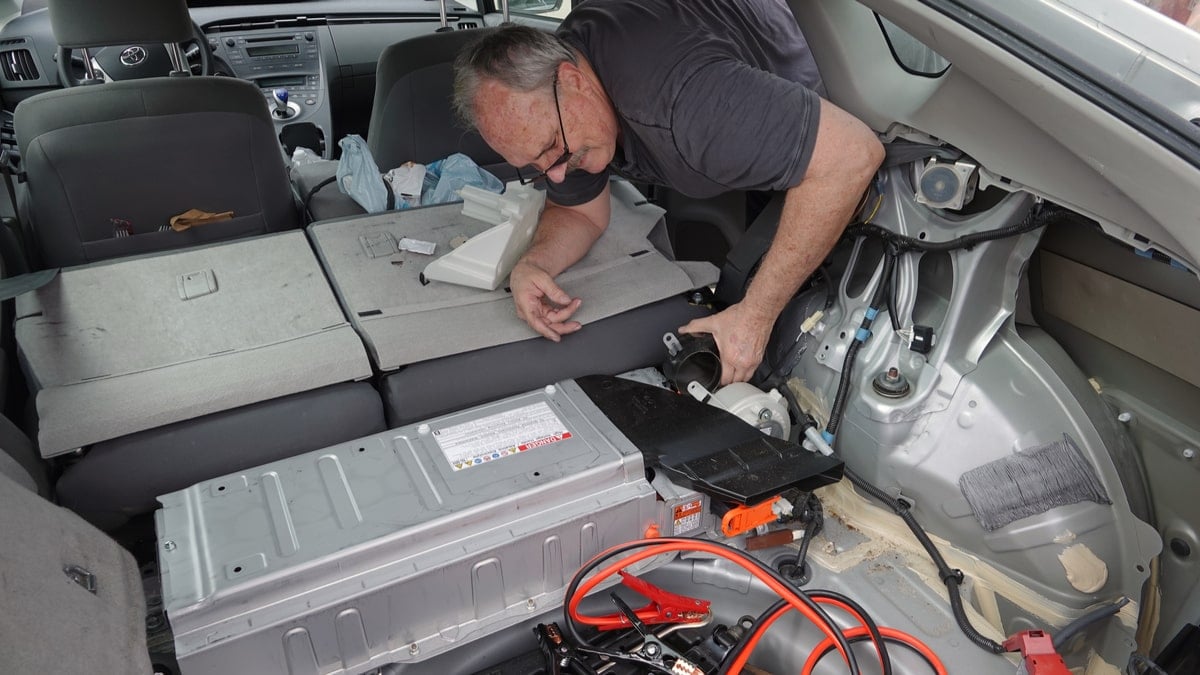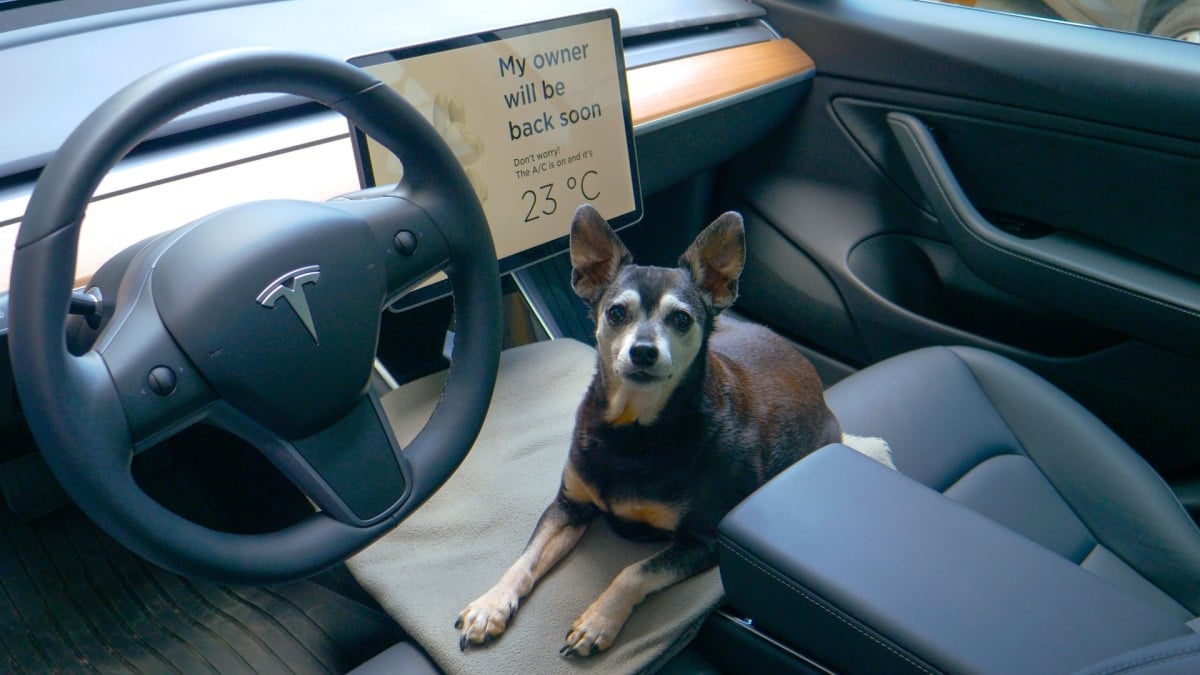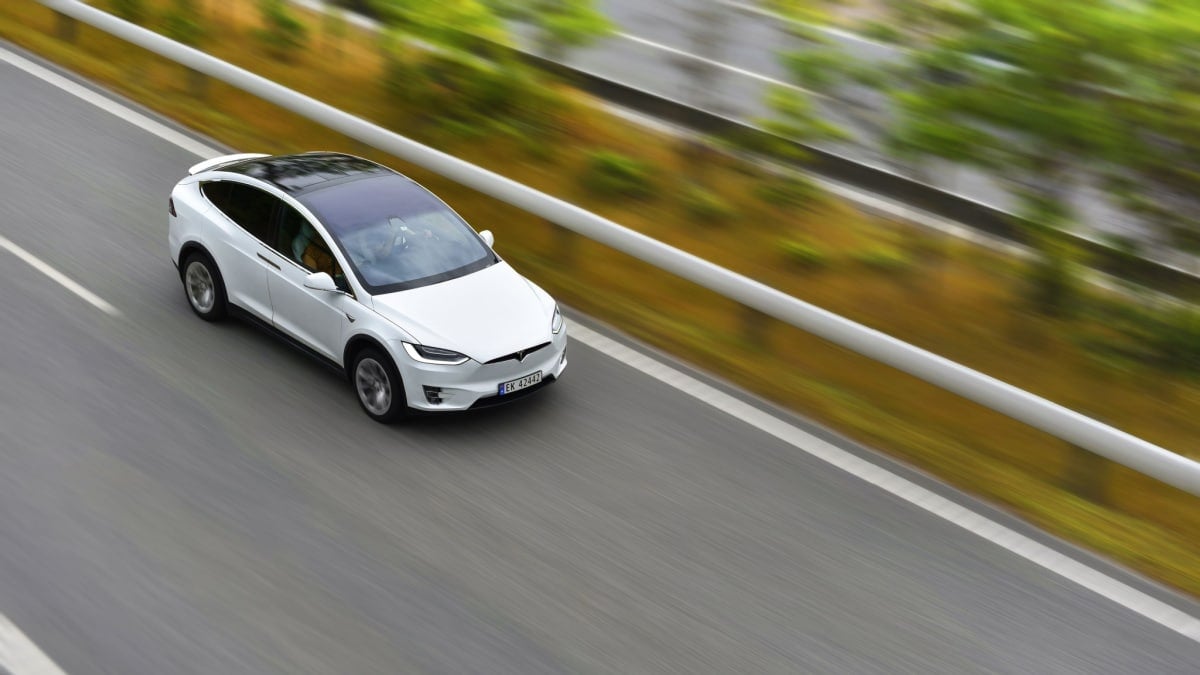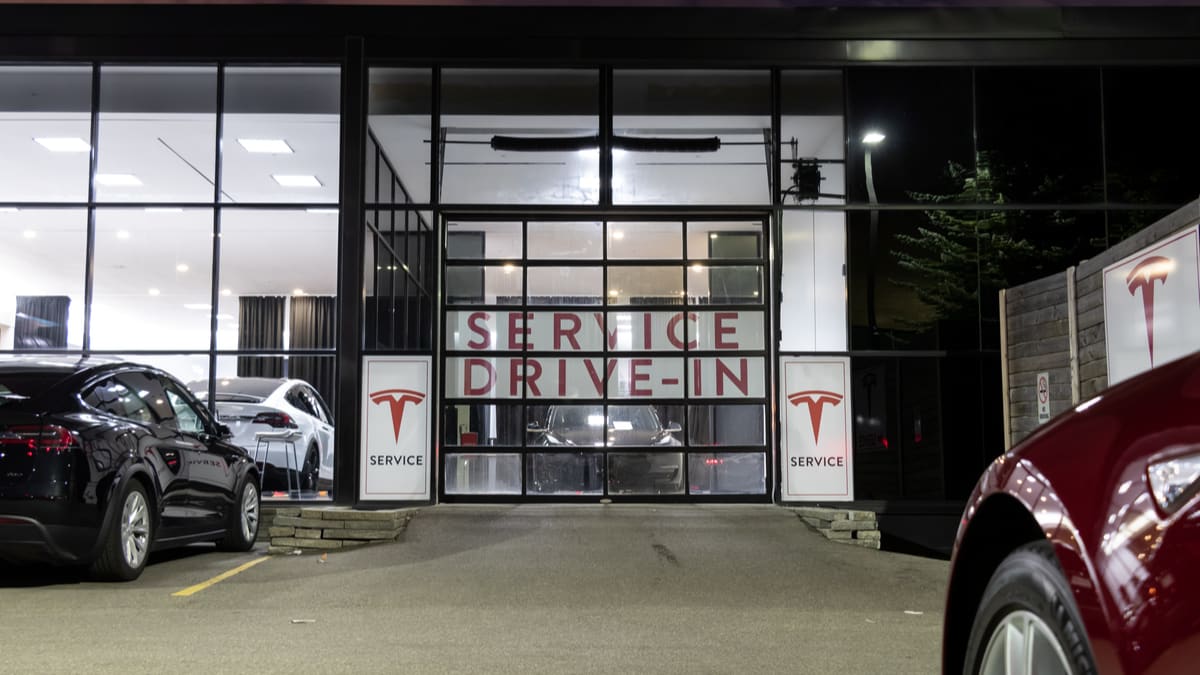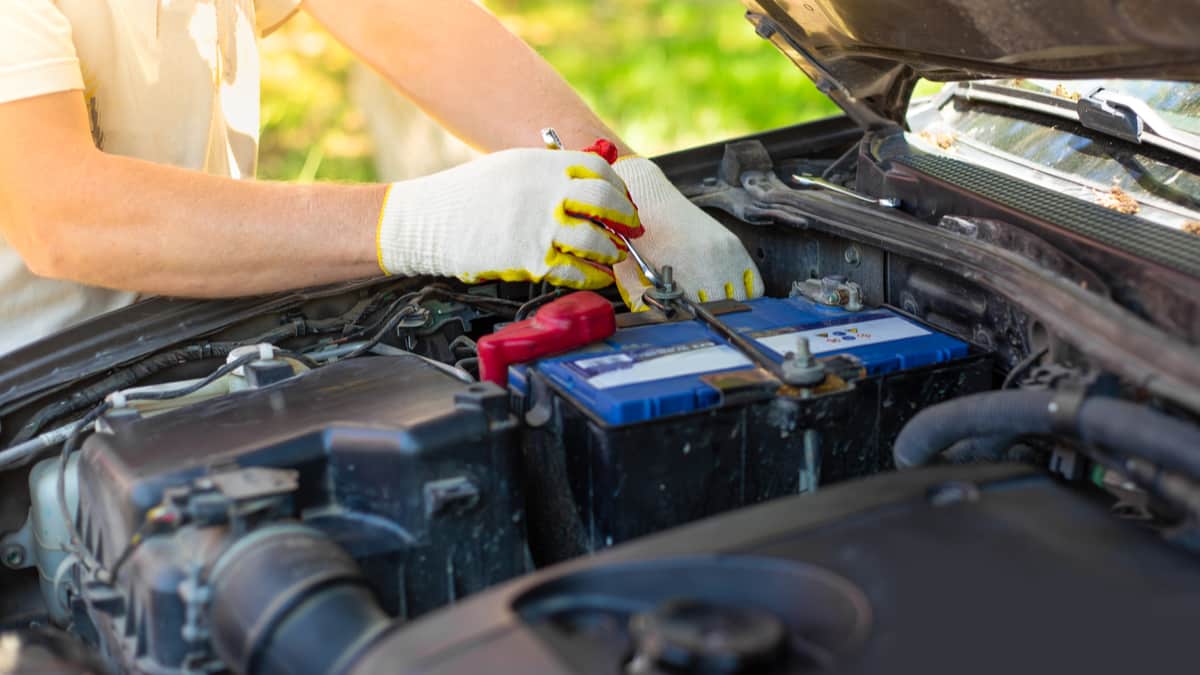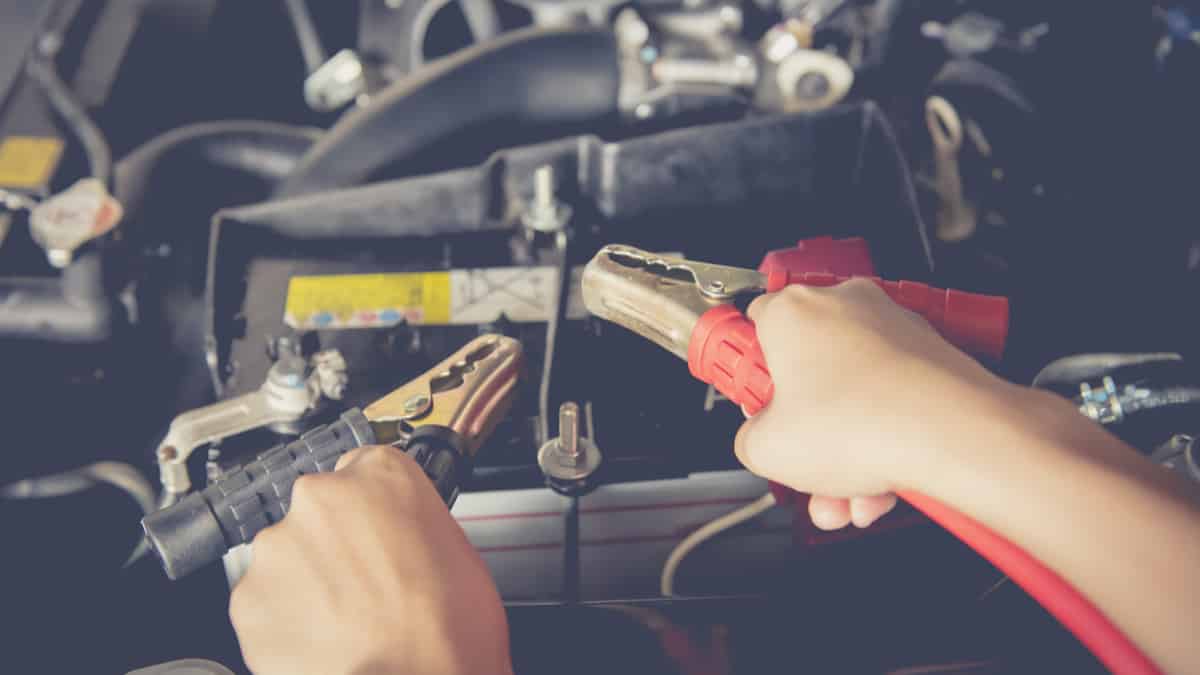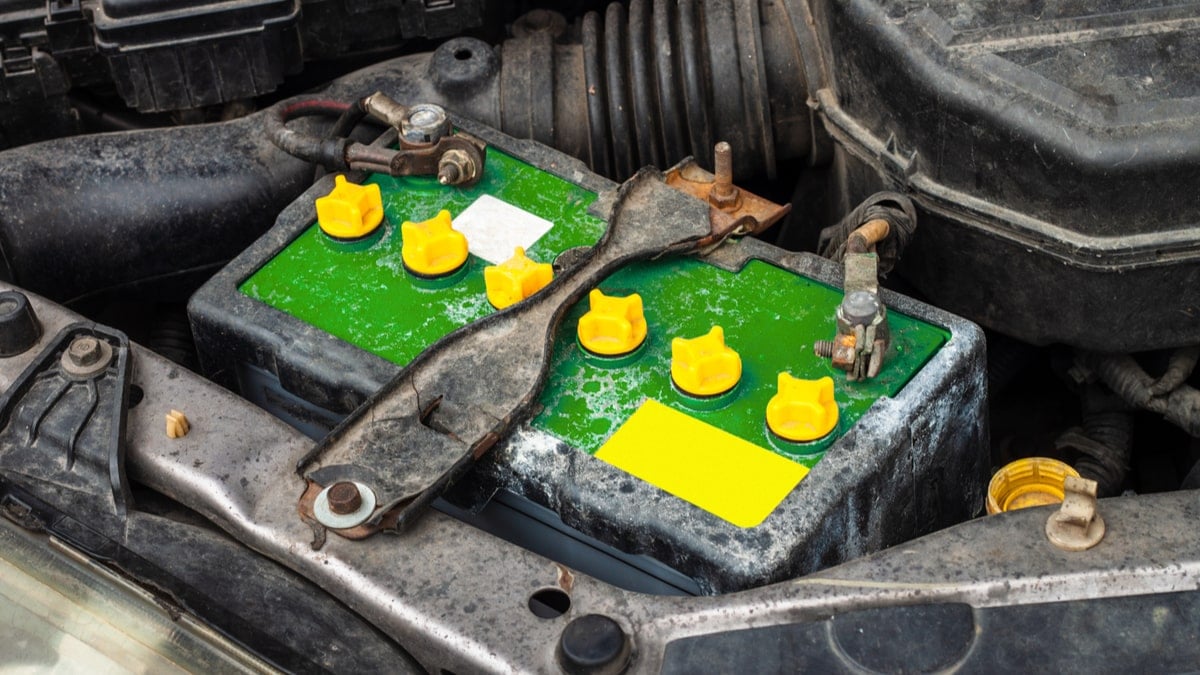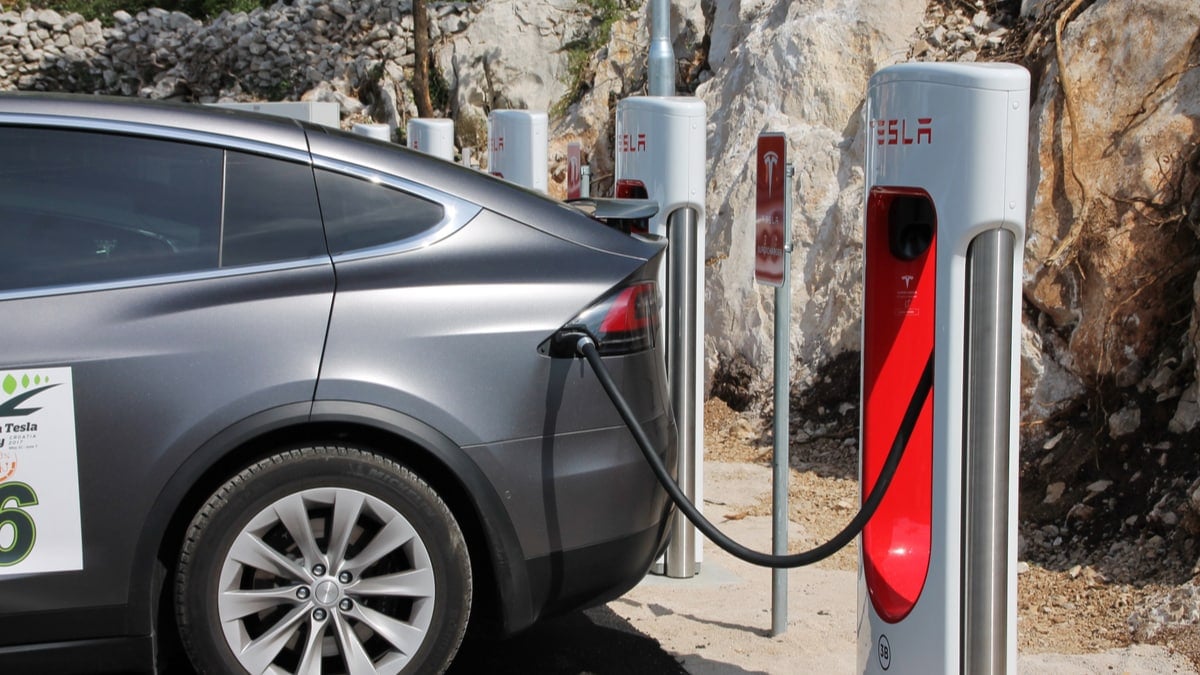There’s no question that the Tesla brand rules the EV world. If you have one of these electric cars, you’ve probably pondered the cost of ownership. Obviously, one of the most expensive aspects is the battery replacement that will occur at some point. How much does it cost to replace a Tesla battery?
In this guide, I look at the average Tesla battery replacement cost, so you can budget accordingly. I also cover some of the top symptoms that the battery is failing and look at whether you can get warranty coverage for the replacement. At the end of the article, I also talk about the possibility of transferring the Tesla battery warranty, so you can get protection if you purchase a used model.
How Much Does A Tesla Battery Replacement Cost?
It’s difficult to estimate the Tesla battery replacement cost, because it depends on what model you have. In general, you may spend between $10,000 and $20,000 to replace the battery for most Tesla models. The Tesla Model 3 sedan may require the lowest-cost battery replacement, while larger cars can cost more.
Along with the new battery, you may need to spend extra on the connectors and wiring needed during the installation. There will also be a labor cost, which could be $175 or more per hour. Because you need to visit a mechanic that understands the Tesla lineup, the labor charge will generally be more than those dealing with gas-powered engines.
READ MORE: Mechanic Labor Rates Per Hour – US Market
How Long Do Tesla Batteries Last?
If you’ve just purchased a brand-new Tesla, you won’t need to think about a battery replacement for several years, but it still makes sense to budget accordingly. Tesla claims that the Model S and Model X retain about ninety percent capacity even once the vehicle hits 200,000 miles.
If you drive an average amount of miles, it could take you about 15 years to hit this mark. If you plan to get rid of the Tesla before this, you may never have to replace the battery.
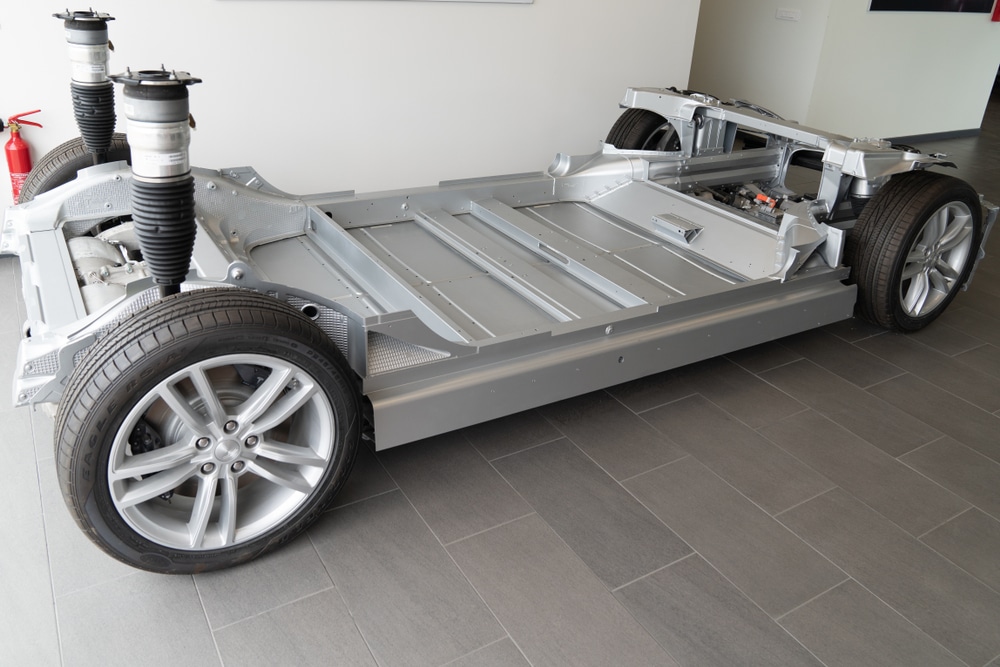
What Causes a Tesla Battery to Die?
The Tesla battery pack consists of several modules that make up the entire unit. If there’s an issue with one module within the pack, the entire thing needs to be replaced.
Battery packs die because of trouble with the voltage, fuse issues and other electrical problems. For example, the voltage must remain the same among all of the battery modules. If the voltage differs, the battery pack will die and need to be replaced.
RELATED: What Is The Average Tesla Maintenance Cost?
Can You Replace a Tesla Battery at Home?
If you are mechanically inclined, you might be tempted to replace the Tesla battery on your own. However, I generally have to advise against this practice. Sure, it would save you some money on the labor costs, but this isn’t a job for someone without EV battery experience. It is also extremely dangerous if you don’t know what you are doing.
You must understand the inner workings of the electric car and the battery system to ensure everything works as it should. For the cost paid for a new battery pack, you don’t want to mess anything up and ruin the investment.
Additionally, Tesla doesn’t make it easy to get the schematics and diagrams needed to finish the job. Unless you already have this information and you regularly work on Tesla vehicles, it’s best to find someone else for the job.
Of course, you can find many videos on YouTube that will gladly share how to replace the car battery if you are still determined. Just remember that you are dealing with high-voltage equipment that can be deadly.
RELATED: How Long Does it Take to Charge a Tesla? (120v, 240v & 480v)
Signs a Tesla Battery Needs to Be Changed
1. Drop in Driving Range
The Tesla battery pack was created to outlast the EV. For this reason, the driving range shouldn’t ever really see a dramatic decrease. However, this design is still prone to flaws and failures.
You can check for degradation of the battery by following these steps:
- Charge the battery to full capacity.
- Turn on your vehicle and find the estimated range.
- Divide this range by the original battery range.
- Multiply this amount by 100 to figure out the available capacity.
If the driving range drops suddenly with no explanation, you want to have the battery pack looked at. Keep track of how far you go on a single charge so you know when a problem exists.
2. Inability to Hold Charge
When you unplug your Tesla, you expect the battery to last for the duration of the regular driving range. However, when there’s a fault, it might not keep a charge at all.
While we’ve already talked about a diminishing range, you must also be aware that the charge could fail completely. If you can’t get the battery to charge or hold it after it’s unplugged, you should have it looked at.
3. Notification from Tesla
Your Tesla vehicle is a high-tech machine. It’s constantly being monitored by the company and regularly gets over-the-air updates.
If something goes wrong or there’s a recall existing, the manufacturer might contact you directly. If you get a notification, make sure you schedule service with the company right away.
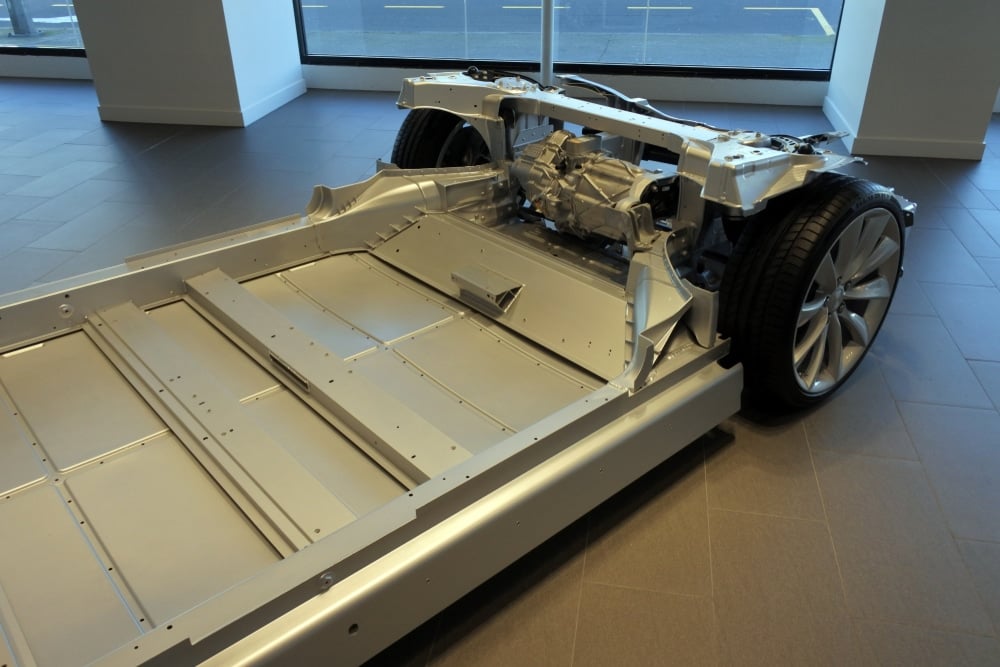
Is the Tesla Battery Replacement Covered by a Warranty?
After looking at the price for a Tesla battery replacement, you are likely trying to figure out how to save as much money as possible on this vital component. That leads you to wonder if you can have the replacement covered by the warranty.
Tesla currently offers an 8-year/150,000-mile battery warranty. It’s void as soon as one of these milestones is met. While it has a warranty, the battery is only covered if there is a proven manufacturing defect. If the high voltage cable or a battery cell fails, Tesla will cover the cost of the parts and labor. You may also be able to get reimbursement for other related expenses, such as towing or a loaner vehicle.
This battery warranty does have some exceptions worth noting. If you drive a pre-2020 Model X or Model S, the battery warranty is or 8 years or unlimited miles. However, if the car contains a 40 kWh or 60 kWh pack, the warranty is 8-year/125,000-mile instead.
There’s also a clause with the warranty that covers the replacement if it’s due to degradation. The battery is covered by the warranty replacement if it has lost more than thirty percent of its factory capacity. The only exception to this rule is the first Tesla Roadster, but these original models are no longer covered by the warranty anyway at this point.
Is the Tesla Battery Warranty Transferable?
If you are purchasing a pre-owned Tesla, you want to know what kind of battery warranty you receive. Thankfully, the New Vehicle Limited Warranty follows the vehicle no matter who owns it. However, this doesn’t happen automatically, so you don’t want to miss out because of negligence.
Instead, you must transfer the vehicle ownership through Tesla to ensure you get the warranty protection you deserve. With this warranty in place, there’s more value added to many used Tesla models, especially if you don’t need to think about paying for a new battery any time soon.
Tags: Tesla
Categories: Electric Vehicles, Estimator
